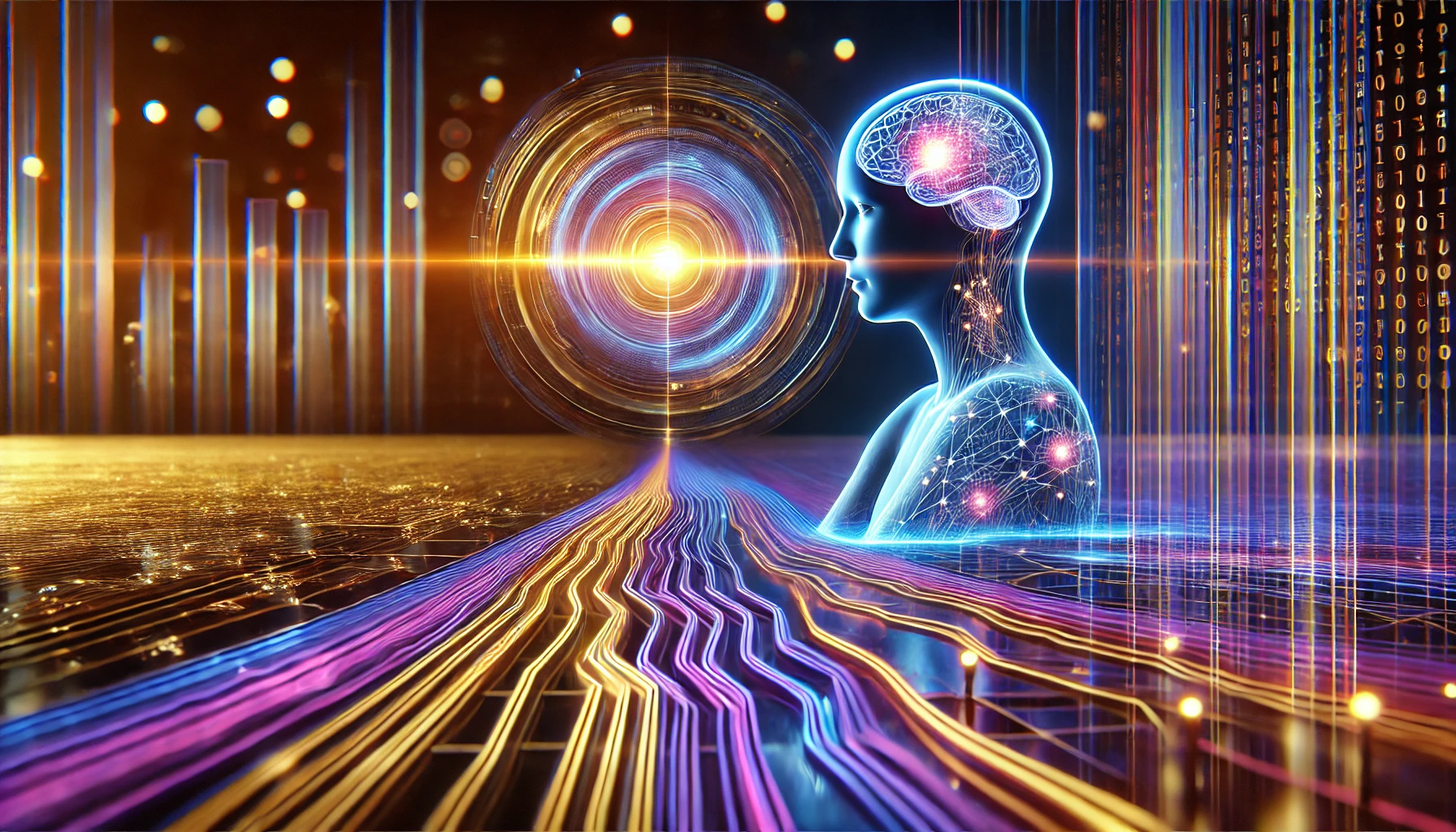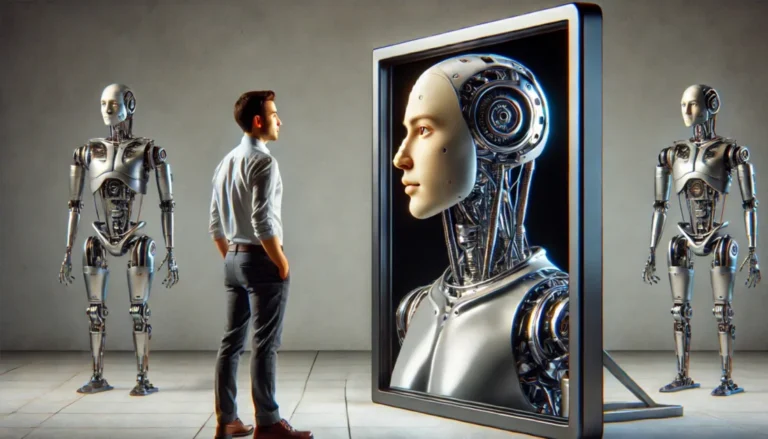Google Imagen 3 vs. The Competition: Setting a New Benchmark in Text-to-Image Models
Artificial Intelligence (AI) is revolutionizing the way we create visuals. Text-to-image models have made it incredibly simple to generate high-quality images from basic text descriptions. Industries such as advertising, entertainment, art, and design are already leveraging these models to explore new creative frontiers. As the technology evolves, the potential for content creation grows even wider, making the process faster and more imaginative.
These models utilize generative AI and deep learning techniques to interpret text and convert it into images, bridging the gap between language and visuals. A significant leap in this field came with OpenAI’s DALL-E in 2021, which introduced the ability to generate intricate and creative visuals from text prompts. Since then, further developments, like MidJourney and Stable Diffusion, have refined image quality, processing speed, and prompt interpretation. These advancements are now reshaping content creation across a range of industries.
One of the most exciting recent developments in this space is Google Imagen 3, which sets a new standard for what text-to-image models can achieve. It delivers stunning visuals from simple text inputs, pushing the boundaries of what AI-driven content creation can accomplish. Comparing Imagen 3 to other major models such as OpenAI’s DALL-E 3, Stable Diffusion, and MidJourney highlights its potential to transform industries. By examining their respective strengths and capabilities, we gain valuable insights into the future of generative AI tools.
Key Features and Strengths of Google Imagen 3 Google Imagen 3 represents a major advancement in text-to-image AI, developed by Google’s cutting-edge AI team. It addresses several limitations seen in previous models, improving image quality, prompt accuracy, and offering greater flexibility for image editing. This positions Imagen 3 as a frontrunner in generative AI.
One of Imagen 3’s primary strengths lies in its exceptional image quality. It consistently produces high-resolution images that capture intricate details and textures, making them appear almost lifelike. Whether it’s generating a close-up portrait or a vast landscape, the detail is truly remarkable. This is largely due to its transformer-based architecture, which allows it to process complex data while maintaining fidelity to the given prompt.
What distinguishes Imagen 3 from its predecessors is its remarkable ability to accurately follow complex prompts. Previous models often struggled with nuanced or multi-layered descriptions, occasionally missing the mark. Imagen 3, however, demonstrates an impressive capability to interpret and render even the most intricate inputs into a cohesive and visually compelling image.
In addition to this, Imagen 3 introduces advanced inpainting and outpainting features. Inpainting proves invaluable in tasks such as photo restoration, filling in missing parts of an image. Outpainting, on the other hand, enables users to extend the image beyond its original boundaries, seamlessly adding new elements without awkward transitions. These features provide tremendous flexibility for designers and artists who need to refine or expand their work without starting over.
From a technical standpoint, while Google Imagen 3 shares its transformer-based architecture with models like DALL-E, its true advantage lies in access to Google’s vast computing power. It is trained on an expansive dataset of diverse images and text, allowing it to generate realistic visuals. Additionally, the model benefits from distributed computing techniques, which enable it to handle large-scale datasets efficiently, producing high-quality images faster than many of its competitors.
The Competition: DALL-E 3, MidJourney, and Stable Diffusion While Google Imagen 3 performs exceptionally well, it faces stiff competition from other heavyweights in the field like OpenAI’s DALL-E 3, MidJourney, and Stable Diffusion XL 1.0, each bringing unique strengths to the table.
DALL-E 3, building on its predecessors, excels at generating imaginative visuals from text descriptions, often blending unrelated concepts into visually striking, sometimes surreal, images. A key feature of DALL-E 3 is inpainting, which allows users to edit specific parts of an image by providing new text inputs. This feature is especially useful in creative and design-focused projects. The platform’s active and large user base, which includes artists and content creators, contributes to its continued popularity.
MidJourney stands out for its artistic approach. Instead of strictly adhering to text prompts, MidJourney focuses on generating visually stunning and aesthetically pleasing images. While it may not always precisely match the input description, MidJourney’s strength lies in evoking emotion and awe. Its community-driven platform also fosters collaboration, making it a favorite among digital artists looking to push creative boundaries.
Stable Diffusion XL 1.0, developed by Stability AI, offers a more technically focused approach. Using a diffusion-based model, it refines a noisy image into a highly detailed output. This precision makes it ideal for industries such as medical imaging or scientific visualization, where accuracy and realism are essential. Its open-source nature has attracted developers and researchers who appreciate the ability to customize the model.
Benchmarking: Google Imagen 3 vs. Competitors To understand how Google Imagen 3 compares to DALL-E 3, MidJourney, and Stable Diffusion, key factors like image quality, prompt adherence, and computational efficiency need to be evaluated.
Image Quality: Google Imagen 3 consistently leads the pack in image quality. Benchmarks such as GenAI-Bench and DrawBench highlight its superior ability to produce detailed and realistic images. While Stable Diffusion excels in scientific and medical fields, its focus on precision can sometimes limit its creative flexibility, giving Imagen 3 the upper hand in more imaginative tasks.
Prompt Adherence: Imagen 3 also shines in accurately following detailed prompts, creating cohesive visuals that match even complex instructions. While DALL-E 3 and Stable Diffusion perform well in this regard, MidJourney often leans toward artistic interpretation over strict adherence to the input.
Speed and Compute Efficiency: When it comes to efficiency, Stable Diffusion XL 1.0 takes the lead. Unlike Imagen 3 and DALL-E 3, which require significant computational resources, Stable Diffusion can run on consumer hardware, making it more accessible. However, thanks to Google’s infrastructure, Imagen 3 processes large-scale image generation tasks with impressive speed, though it demands more advanced hardware.
The Bottom Line In conclusion, Google Imagen 3 sets a new standard for text-to-image models with its superior image quality, prompt accuracy, and advanced features like inpainting and outpainting. While competitors like DALL-E 3, MidJourney, and Stable Diffusion excel in specific areas—whether it be creativity, artistic style, or technical precision—Imagen 3 manages to strike a balance between these elements.
With its ability to generate highly realistic and compelling visuals, combined with Google’s robust AI infrastructure, Imagen 3 emerges as a powerful tool in AI-driven content creation. As the field of AI continues to grow, models like Imagen 3 are poised to redefine the creative processes across multiple industries.







